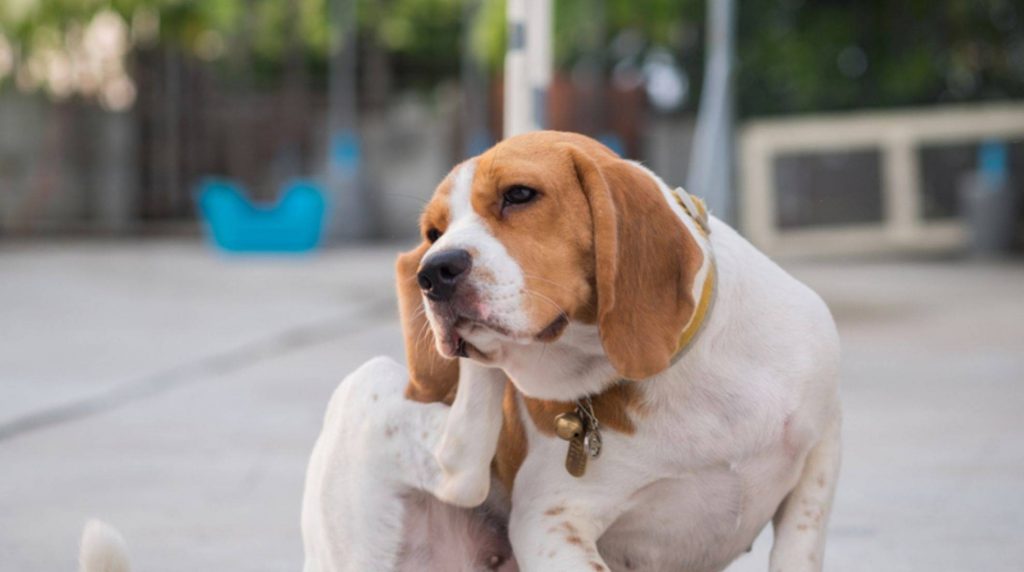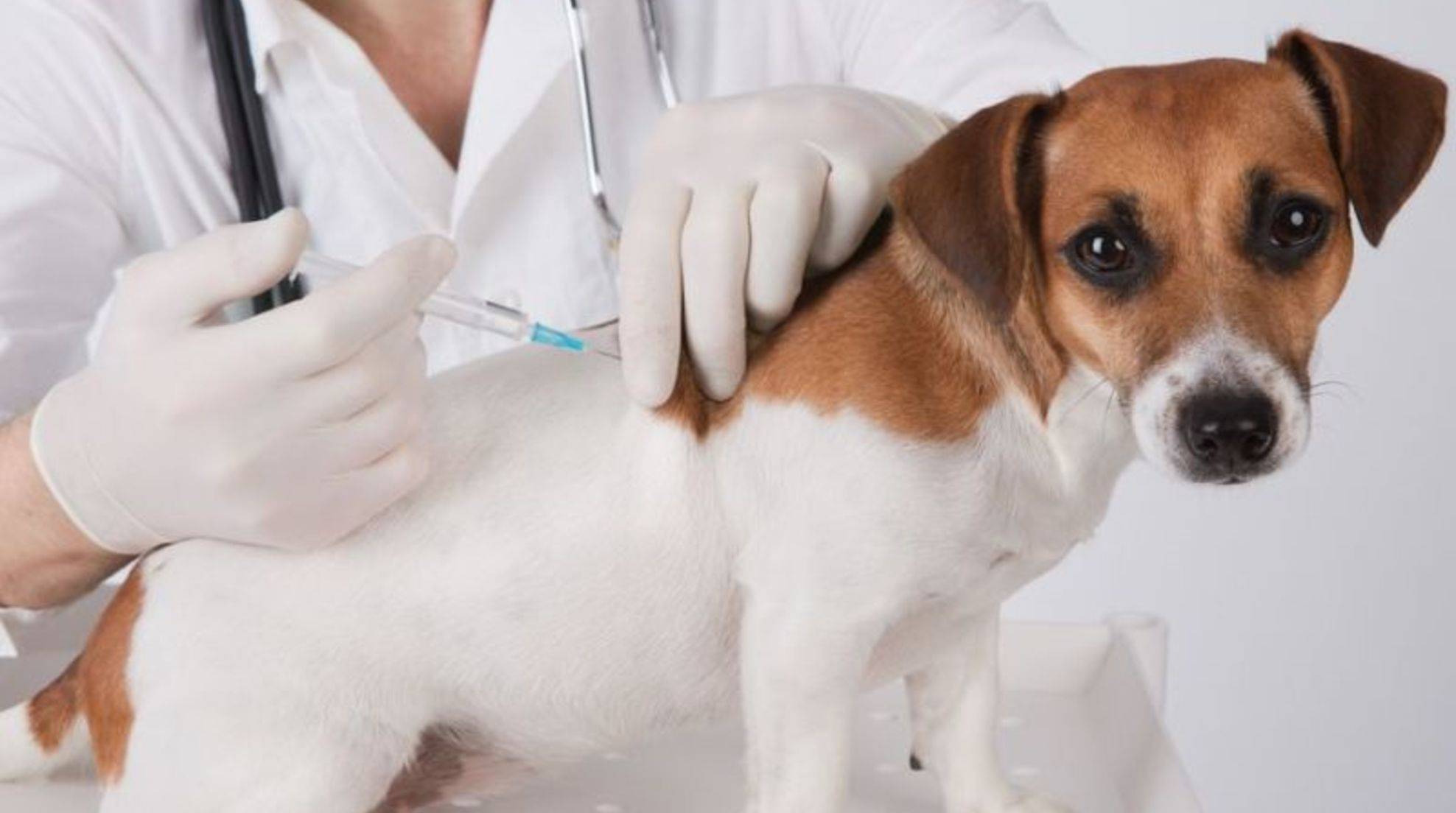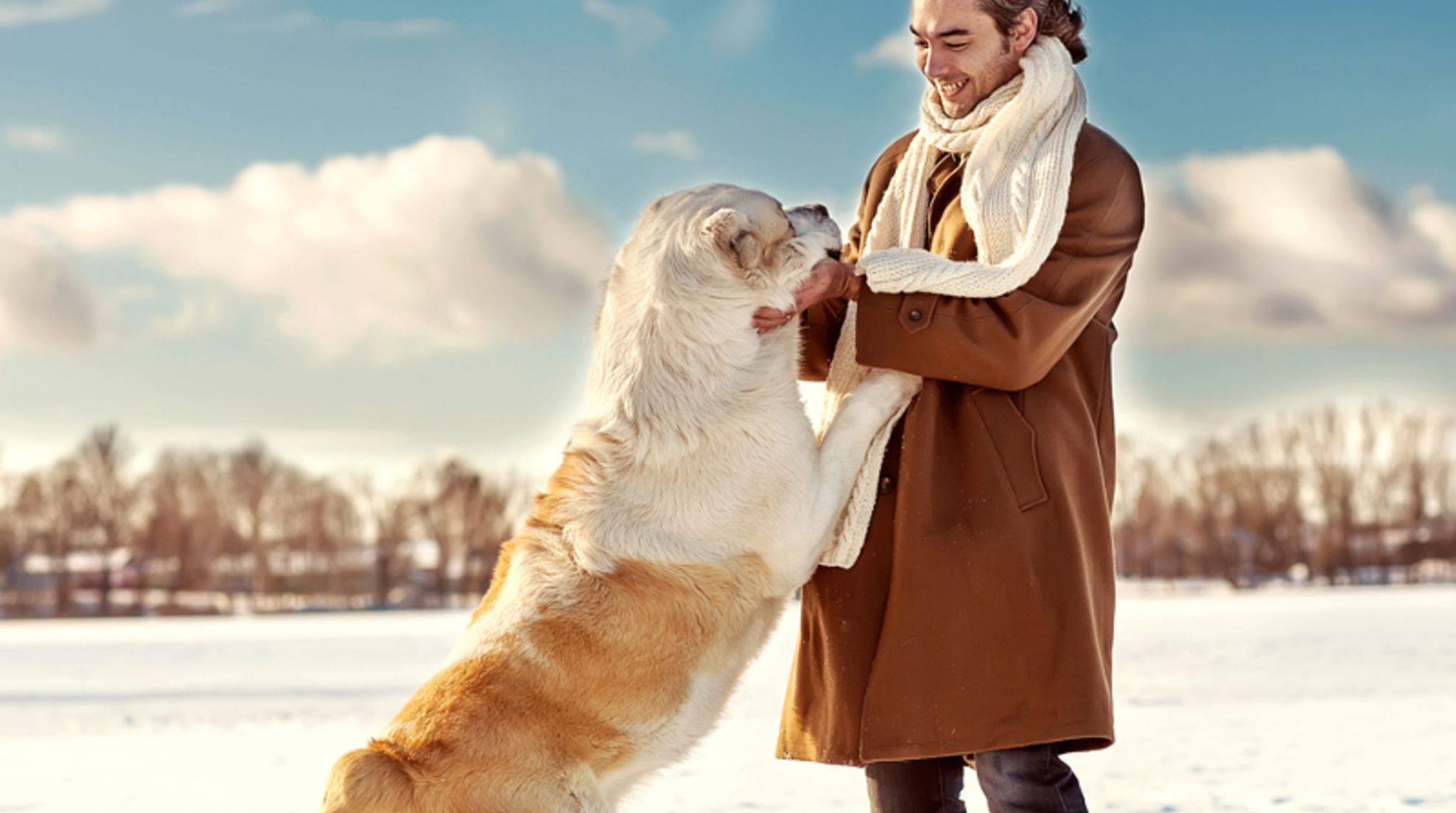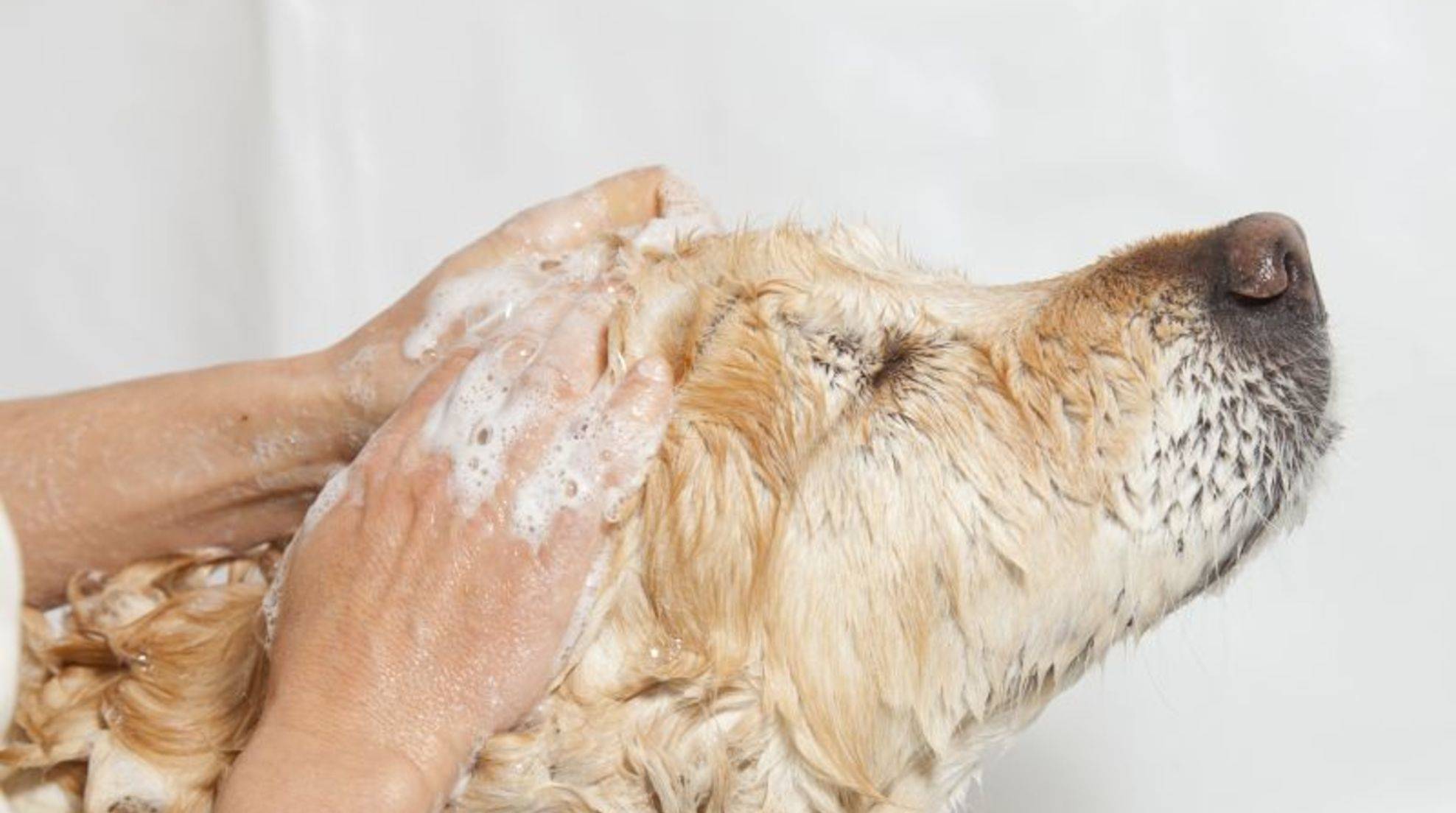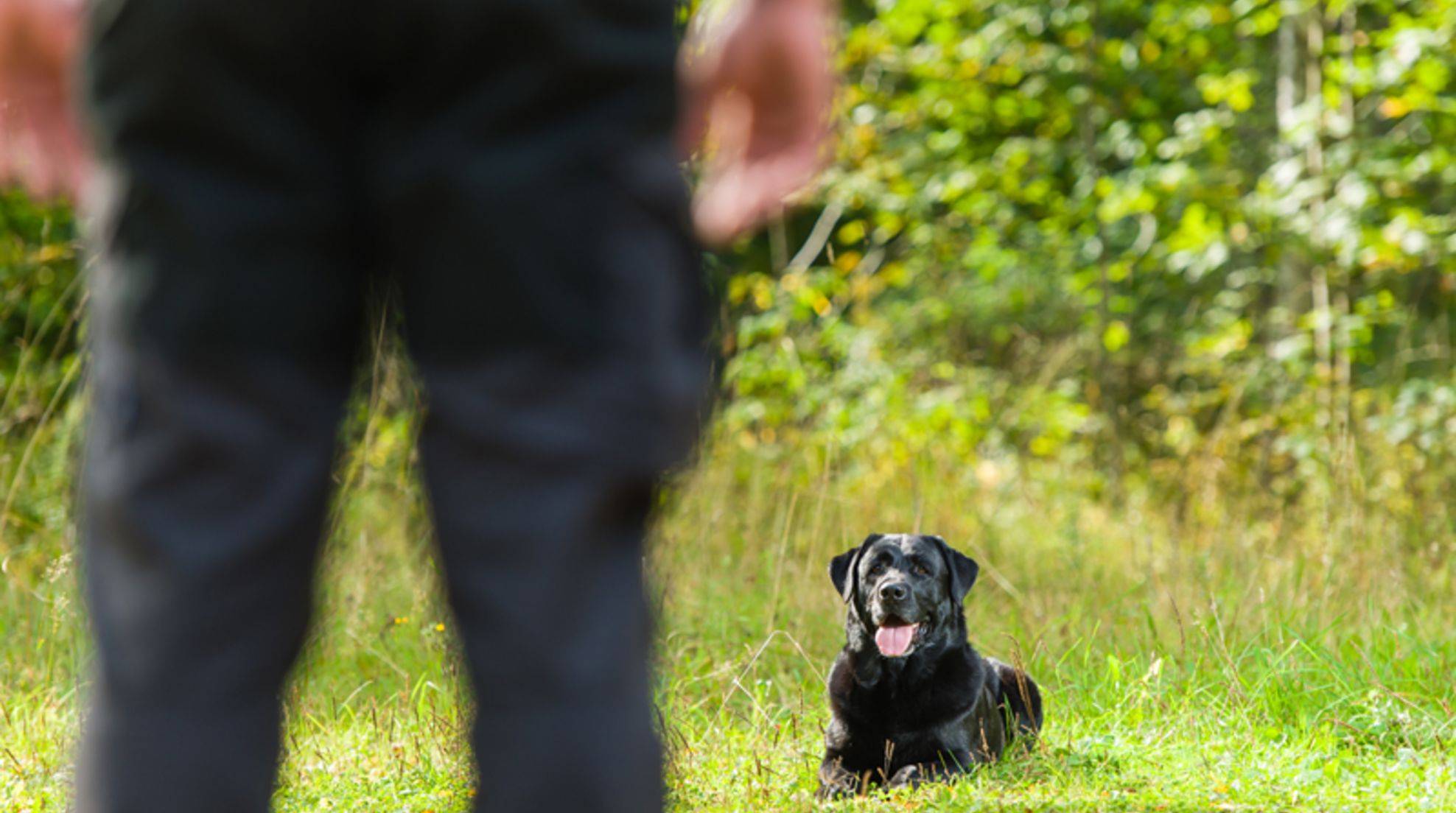Mange in dogs: symptoms and treatment
Bald patches on the coat and dandruff are just two symptoms that indicate mange in dogs. It is a skin disease that disfigures dogs and plagues them painfully. Learn more about the symptoms of the disease and its treatment here.
Various parasites can be responsible for mange in dogs. Often they are so-called burrowing or scabies mites with the name Sarcoptes scabiei var. These microscopic mites crawl in thousands on and under the animal’s skin and can make the dog’s and the cat’s life difficult.
Canis is a mite subspecies that primarily affects dogs. Occasionally, it also nests in cats and foxes. While the male mites remain on the skin surface, the female arachnids dig tunnels into the skin surface and lay their eggs there.
Beware: many types of mange are highly contagious. The painful disease is not only transmissible to animals but also humans. Therefore, you should give a wide berth to conspicuous four-legged friends.
Recognize mange in dogs: Symptoms and course
The mites work their way through the skin layers and secrete a secretion that causes the dog to scratch. The following symptoms may manifest mange in dogs:
Hair loss
dandruff
red spots on the skin – first on the head, significantly often behind the ear
severe itching, which triggers a strong need to scratch
weight loss
depression
The intense scratching not infrequently causes additional inflammation of the skin.
Treatment of mange in dogs
As soon as your four-legged friend shows symptoms of mange, it is essential to visit the vet. Even more so, as mange is highly contagious to humans as well. The veterinarian determines the exact nature of the infestation using a microscopic examination. He prescribes a suitable mite remedy against mange in dogs based on this. In addition, there is often already a bacterial infection of the skin, which makes treatment with an antibiotic necessary.
Your dog will have to endure the special shampoo treatment for several weeks – daily during the first week, then about every four to five days. This is the only way to combat the mites, larvae, and nymphs that hatch from the eggs. In addition, the doctor usually prescribes a remedy to relieve itching.
Home remedies for mange in dogs
Furthermore, some home remedies are known to help against mange. However, it would help if you exercise caution here. Discuss in advance with your veterinarian whether methods such as these make sense:
I was washing the coat with highly diluted apple cider vinegar.
Treatment of inflamed areas with aloe vera
rubbing with coconut oil, it should attack the shell of the pests
It is essential to isolate your four-legged friend during this painful time so that the pathogens do not spread to other animals or yourself. This is difficult, but it is the only way to get rid of the mites for good. If possible, only touch your dog with gloves. Another essential part of the treatment is hygiene: wash all textiles your dog has come into contact with, especially his blanket.

